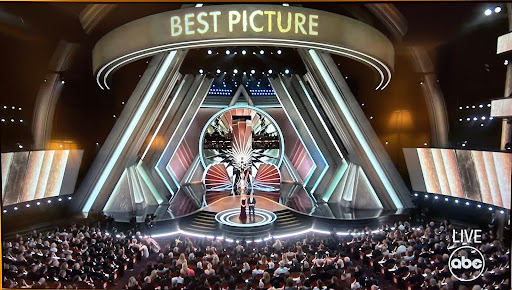The issue with Barnes and Noble’s “diversity editions”
While researching Barnes and Noble’s “diversity editions” project, I had to laugh. Race – an issue matched only by climate change in terms of popularity – was being handled in a decidedly secondhand fashion. Why celebrate black history month with a black Frankenstein when it can be celebrated with black author James Baldwin’s “If Beale Street Could Talk”? Why change the skin color inside of an experience when stories like Baldwins’ describe an experience inside of that skin? The pathways for promoting textual diversity are so numerous, it seems, that merely changing a book’s cover is a clear corporate blunder.
The single obvious method of promoting black history is a telling of the unique black experience on the road to equality. By simply rebranding the cover of the book, Barnes and Noble is celebrating the work of white authors, not black ones. While these stories are masterpieces in their own right, they aren’t connected to the theme of black progress. It is important to understand that black history is more than skin color: it is a tale of struggles, injustices, and extreme courage – a harrowing and unique human experience. What does “Frankenstein” have to tell about this experience?
Almost nothing.
Think about it. Does the tale of a disjointed monster who is rejected by mankind align with the story of black prejudice in America? It loosely does. Ironically, however, it depicts a black lead as a monster, undermining the project’s goal of racial equality. Take a more direct example: does the image of a black Dorothy skipping through the magical land of Oz truly reflect the racial hardship of black history? Clearly not.
This gaping hole in the purpose of Barnes and Noble’s endeavor is obvious to more writers than one. L.L. McKinney, an established black author and champion of racial equality, states in her NPR interview, “It’s still a story by a white author, featuring a white character, told via the white gaze. And none of this has changed within the contents of the story itself.” It is as if the company is trying to lure in a minority audience only to have them find a story that does not reflect the minority experience. Thus, the effort only reaches the depth of a “literary blackface.” In attempting to align with the goals of black history month, these diversity editions have clearly done the opposite.
The solution? Get books written by black authors. Booksellers should display books that tell tales of racial inequality along with those that tell light-hearted stories. The list of excellent works of literature trails on in both the past and present: Jesmyn Ward’s “Salvage the Bones”, Akwaeke Emenzi’s “Freshwater,” Zadie Smith’s “Grand Union,” Baldwin’s “Go Tell it on the Mountain,” and more.
If Barnes and Noble truly wished to thrust the sword of diversity further, they could have at least incorporated diversity into the actual text. McKinney, an experienced storyteller in her own right, has spent time creating a diverse retelling of “Alice in Wonderland” – “A Dream so Dark”. While tampering with this classic itself is a different flavor of “extreme”, McKinney is at least retelling this story for a diverse audience instead of rebranding it. The content of the story is being altered to illustrate the personal circumstances of the author – a true fragment of black history.
In respecting black history month, the United States works towards the end of racial inequality. It is this exposure to the struggle of black Americans that breeds respect, and as a result, a newfound sense of equality. Diversity, at least in the limited sense of having a different skin color present, is not a means to the end of inequality. If Americans see the color and don’t know anything about the story, change won’t happen. Barnes and Noble attempted to justify the project by declaring an alternative motive. In a statement to the press, the company mentioned that “the booksellers who championed this initiative did so convinced it would help drive engagement with these classic titles.” It is a terrible method of promoting engagement with classic texts, as it is the graphical quality of a cover- and not the race of a character- that draws a reader in (of course, books should never be judged by their covers…).
Thankfully, Barnes and Noble canceled the launch of these “diversity editions” earlier this month. The intention, while hopeful, lacked any real substance or relation to black history. The booksellers summarize the issue themselves, noting that “the covers are not a substitute for black voices and writers” in their personal statement. If the dream of racial equality is to be achieved, the experience of the minority side must be truly appreciated. A multicolored Frankenstein is something to laugh at, while the story of Martin Luther King Jr. is something to be understood. As literary legend John Steinbeck puts it, “Try to understand men. If you understand each other you will be kind to each other. Knowing a man well never leads to hate and almost always leads to love.”



